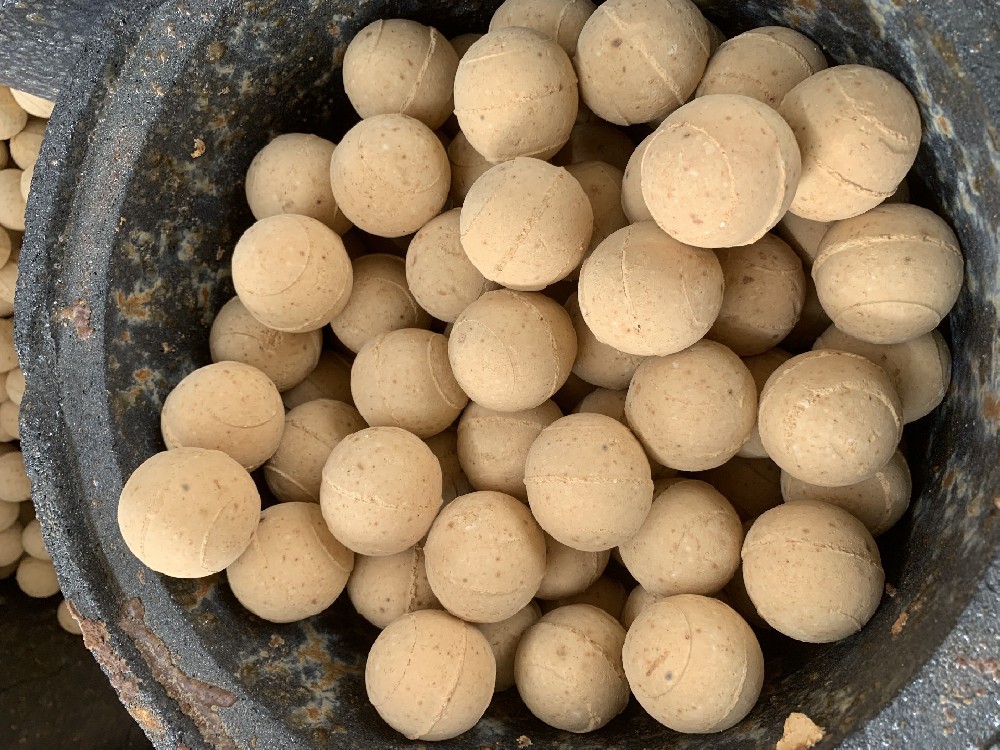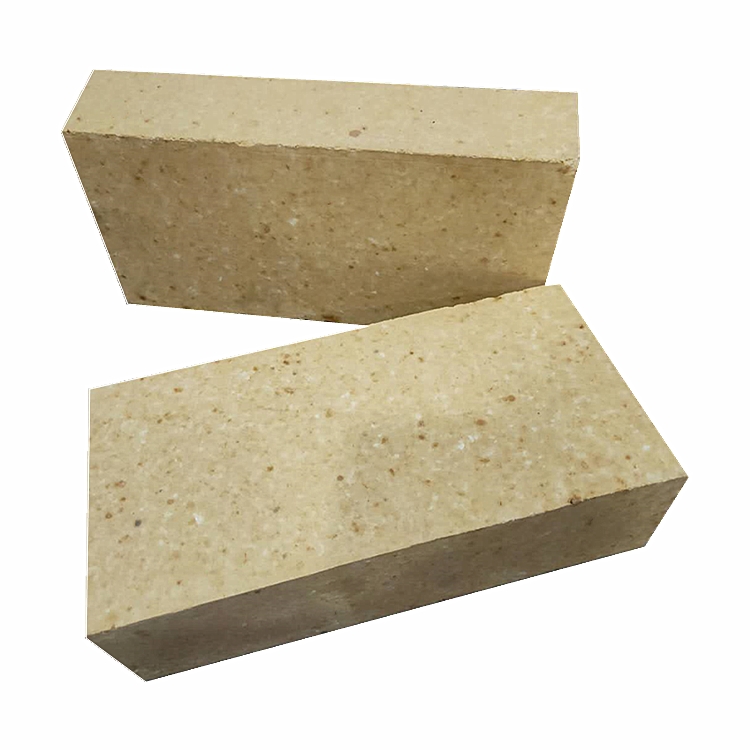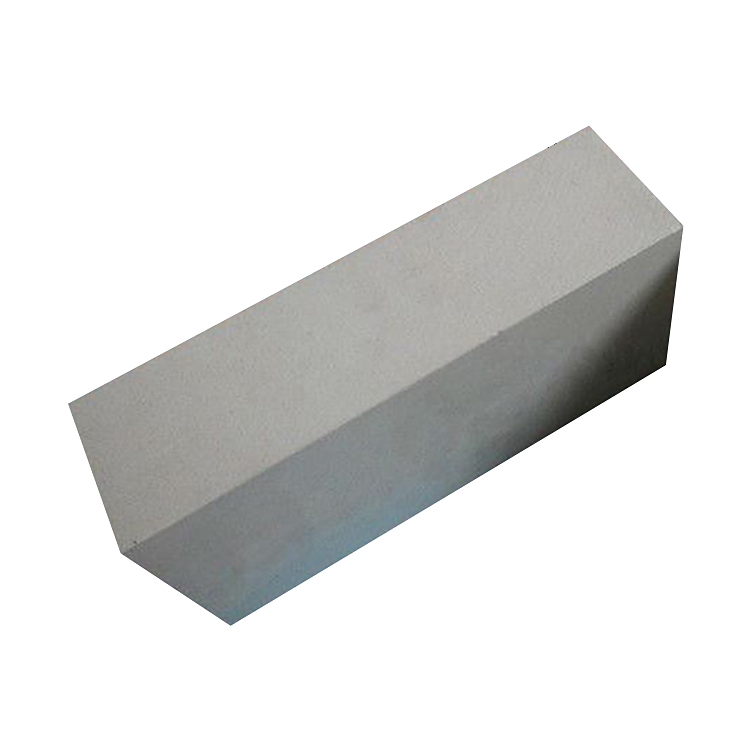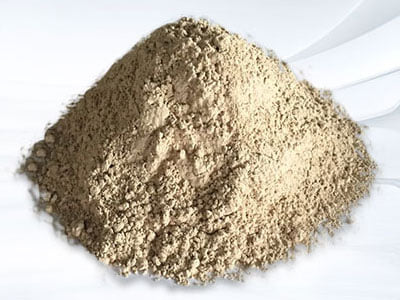Technical advantages of induction furnace lining
With the development of society and the improvement of people's living standards, the amount of aluminum and aluminum alloys show an obvious increasing trend. As the main smelting equipment for aluminum and aluminum alloys, induction furnaces have attracted more and more attention. Therefore, refractory materials for induction aluminum melting furnaces have become one of the technical issues that casting operators are very concerned about.
Furnace lining refractory materials, whether it is used for heartless induction furnaces or heartless induction furnaces, should meet the following requirements.
(1) Good chemical stability
Metal aluminum and aluminum alloy not only have high chemical activity but also have excellent melt fluidity. The viscosity of aluminum melt at 750°C is only 1.04 centipoise, which is quite close to the viscosity of water (1.0 centipoise) at 20°C, which is the main reason for its easy penetration into the inside of the furnace lining and chemical reaction.
The reaction between the molten aluminum and the lining refractory not only affects the quality of the product, but also causes nodules, bulges, and precipitated debris on the surface of the furnace lining, and there is a danger of cracks at the interface between the molten aluminum impregnated part and the original brick. Also causes peeling. Therefore, the lining material in contact with the molten aluminum must have high chemical stability and as little impregnation as possible.

(2) Good erosion resistance
Generally, in order to make the furnace have higher electrical efficiency, the furnace wall material is designed to be very thin, but during the operation of the furnace, due to the action of the electromagnetic force, the molten metal in the furnace keeps churning and stirring, and the furnace lining is constantly washed and worn. For the core induction furnace, due to the use of a jet-type melting groove, the erosion and wear of the refractory material in the melting groove are more serious. Therefore, it is required that the refractory materials used must have high mechanical strength and hardness.
(3) High density and volume stability
As a refractory material for smelting furnaces, it is desirable to obtain higher density and volume stability under the condition of a certain material. The level of bulk density reflects the number of pores in the molded body, especially the degree of sintering. The higher the volume stability of the material, the smaller the possibility of cracks during sintering and use, the smaller the width of the cracks, and the stronger the penetration resistance.
(4) It is not easy to produce furnace tumor
It is extremely unlikely that nodules will form due to impurities (eg Al2O3) present on or within the melt. Because the nodules will significantly reduce the furnace capacity, and the metal nodules are dense and tough, it is very difficult to remove.
(5) It is not easy to be wetted and penetrated by molten metal
As we all know, refractory materials are brittle materials, and cracks inevitably occur during heating and cooling. But one of the key factors that determine its life is the size of the crack and the speed of crack propagation. The crack propagation is related to the wetting and penetration ability of the molten metal to the contacted material. The worse the wetting ability, the better.
(6) Good resistance to rapid cooling and rapid heating
This is especially important for heartless induction stoves. Because the operation mode of the centerless furnace is the continuous cycle of the process of "feeding - melting - discharging", the furnace lining material is repeatedly subjected to thermal shock. If the thermal shock stability of the refractory material is not good, cracks and crack propagation are very likely to occur, and the molten metal will penetrate into the coil in a short period of time, resulting in the scrapping of the entire furnace lining.
-

Thermal storage alumina balls
The Thermal storage alumina ballsis made of industrial alumina and refractory kaolin as the main raw materials through scientific formula, forming and high-temperature calcination.Thermal storage alumina ballss are divid··· -

Anti-stripping high alumina brick
Use description of Anti-stripping high alumina brick1. Anti-stripping high alumina brick has a good application in low temperature parts such as large and medium-sized cement precalciner, kiln smoke chamber, indoor decom··· -

Anti-stripping high alumina bricks
Anti-stripping high alumina bricks are made of high alumina bauxite clinker, mullite, kyanite, zircon sand, and binder after granulating and powdering processes, mixed in a certain proportion, pressed into shape, and fir··· -

silica hot repair refractory
Performance index of silica hot repair refractoryThe material is a kind of plastic unshaped refractory material, its main component is SiO2, it is made of special clinker and various binders and additives, and it is proc···

